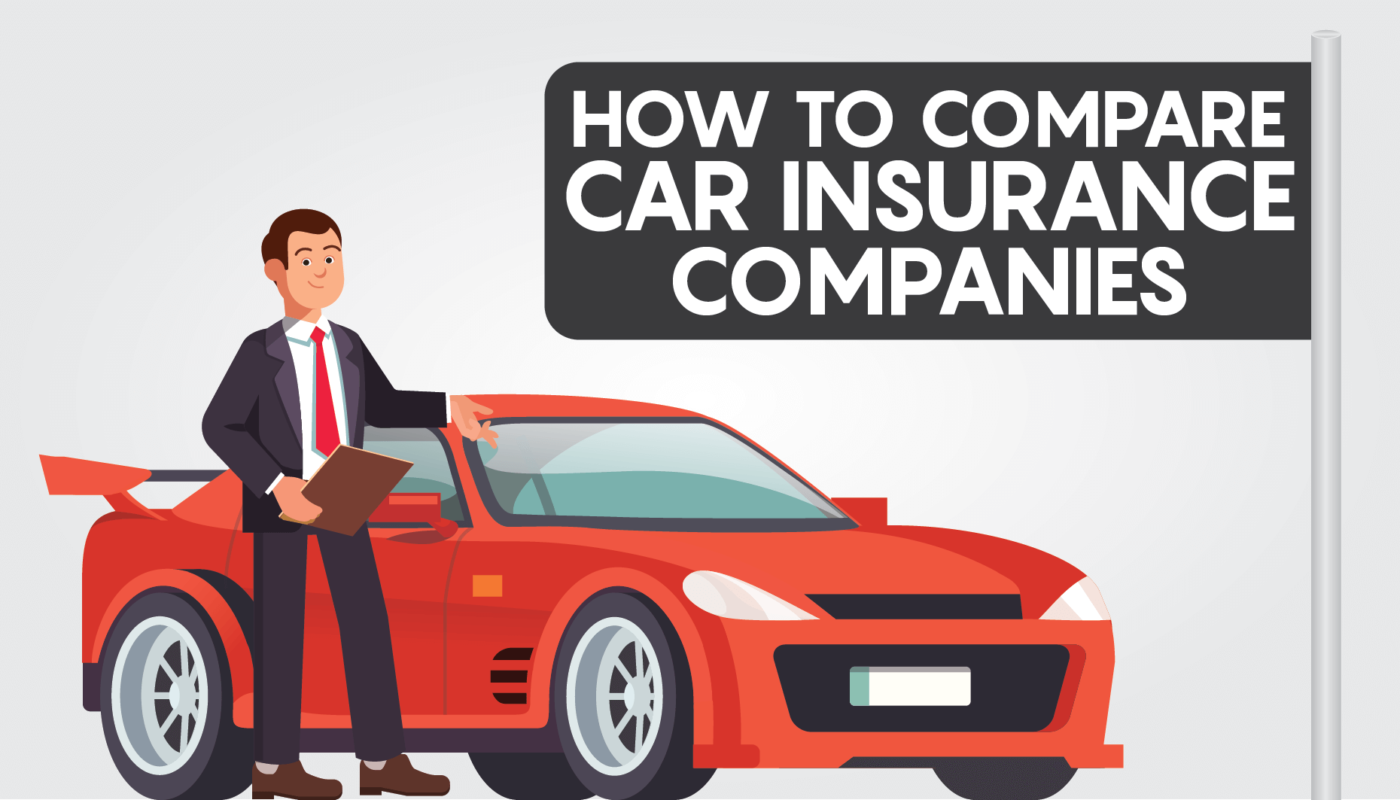When it comes to protecting your vehicle, having the right insurance coverage is crucial. With numerous insurance providers and policies available, it can be overwhelming to choose the best option. This article aims to guide you through the process of comparing vehicle insurance, ensuring you make an informed decision that suits your needs and budget.
1. Understand Your Insurance Needs:
Before diving into the comparison process, it’s essential to assess your insurance requirements. Consider factors such as your vehicle’s value, usage, and your personal circumstances. Are you looking for basic liability coverage or comprehensive coverage? Understanding your needs will help you narrow down your options.
2. Research Different Insurance Providers:
Start by researching reputable insurance providers in your area. Look for companies with a strong financial standing, positive customer reviews, and a wide range of coverage options. Consider factors such as customer service, claims handling, and the ease of policy management.
3. Compare Coverage Options:
Once you have shortlisted a few insurance providers, compare the coverage options they offer. Look for policies that align with your needs and provide adequate protection. Key coverage options to consider include liability coverage, collision coverage, comprehensive coverage, uninsured/underinsured motorist coverage, and personal injury protection.
4. Evaluate Deductibles and Premiums:
Deductibles and premiums play a significant role in determining the cost of your insurance policy. A deductible is the amount you pay out of pocket before your insurance coverage kicks in. Higher deductibles often result in lower premiums, but it’s crucial to choose a deductible that you can comfortably afford. Compare premiums from different providers to find the most competitive rates.
5. Consider Additional Benefits and Discounts:
Insurance providers often offer additional benefits and discounts that can help you save money. Look for features like roadside assistance, rental car coverage, and accident forgiveness. Additionally, inquire about discounts for safe driving records, multiple policies, or bundling insurance with other products.
6. Review Customer Service and Claims Process:
A reliable insurance provider should have excellent customer service and a smooth claims process. Research customer reviews and ratings to gauge the provider’s reputation in these areas. Prompt and hassle-free claims handling is crucial during stressful situations, so choose a provider known for their efficiency.
7. Seek Recommendations and Expert Advice:
Don’t hesitate to seek recommendations from friends, family, or colleagues who have had positive experiences with their insurance providers. Additionally, consider consulting with an insurance agent or broker who can provide expert advice tailored to your specific needs.
Conclusion:
Comparing vehicle insurance policies is a crucial step in securing the best coverage for your vehicle. By understanding your insurance needs, researching different providers, comparing coverage options, evaluating deductibles and premiums, considering additional benefits and discounts, reviewing customer service, and seeking recommendations, you can make an informed decision that protects your vehicle and fits your budget. Remember, taking the time to compare insurance options can save you money and provide peace of mind in the long run.



